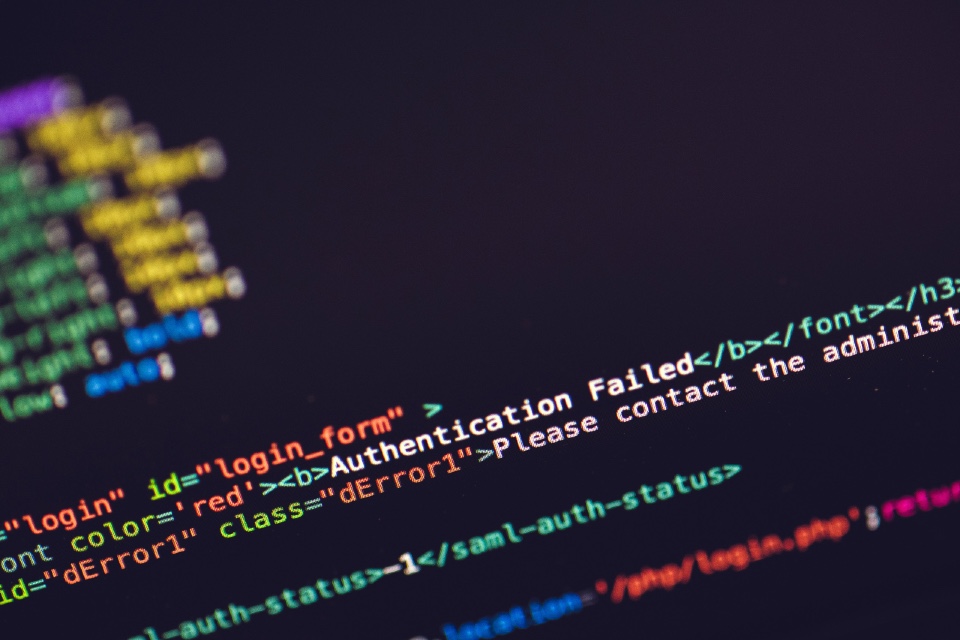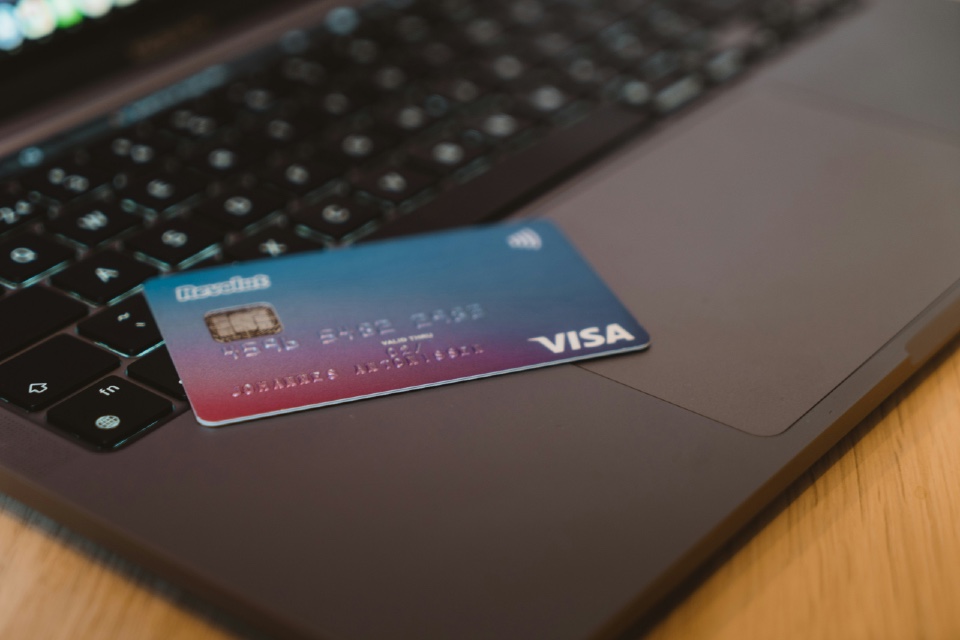For years, online fraudsters have waltzed through checkout pages, leaving a trail of stolen identities and empty wallets in their wake. But the tide is turning. Multi-factor authentication (MFA), once a niche security measure, has become a vital weapon in the fight against merchant fraud. Here’s how…
The Rise of the Extra Layer:
Traditional online security relied on usernames and passwords, a flimsy barrier easily breached through hacking or social engineering. MFA adds an extra layer of defence. It requires users to confirm their identity with a second factor, such as:
- One-Time Passcodes (OTPs): These temporary codes, delivered via text message, email, or an authentication app, add a time-sensitive layer of security. Even if a hacker steals a password, they can’t access the account without the ever-changing OTP.
- Biometric Authentication: Fingerprint scanners and facial recognition software add a unique layer of security, as these biological traits are difficult to forge.
- Security Tokens: Hardware tokens generate unique codes or require physical possession for authentication, adding a tangible layer of security.
MFA’s Impact on Fraud:
The impact of MFA has been undeniable. Studies show a significant decrease in fraudulent transactions since its widespread adoption. Here’s why:
- Increased Difficulty: MFA makes it much harder for fraudsters to impersonate legitimate users. Stealing a password alone is no longer enough.
- Stronger Deterrence: The knowledge that MFA is in place deters fraudsters from even attempting to target merchants with robust security measures.
- Improved Customer Confidence: Customers feel safer shopping online when they know their accounts are protected by an extra layer of security. This can lead to increased sales and customer loyalty.
The Future of Anti-Fraud Solutions in the UK:
While MFA has been a game-changer, the fight against fraud is a constant dance. Here’s what anti-fraud professionals in the UK can expect:
- Rise of Behavioural Biometrics: Beyond fingerprints and facial recognition, analysing typing patterns, mouse movements, and even browsing behaviour can offer a more holistic picture of a user’s identity.
- Risk-Based Authentication: MFA won’t be a one-size-fits-all solution. The level of authentication required will likely be based on factors like transaction size, location, and user history. Low-risk transactions might only require a password, while high-risk transactions might require a combination of factors.
- Frictionless Authentication: New technologies like voice recognition or wearable authentication devices aim to make MFA more seamless for users, without compromising security.
The Final Step:
MFA’s success story is a testament to the evolving landscape of online security. As fraudsters develop new tactics, anti-fraud professionals must stay ahead of the curve. By embracing innovative solutions and adopting a risk-based approach, they can ensure a secure and prosperous future for online commerce. Remember, the fight against fraud is a continuous dance, and MFA is just one of the steps needed for a smooth and secure online experience for both merchants and customers.
Are you searching for Multi-factor Authentication solutions for your organisation? The Fraud Prevention Summit can help!
Photo by Markus Spiske on Unsplash







